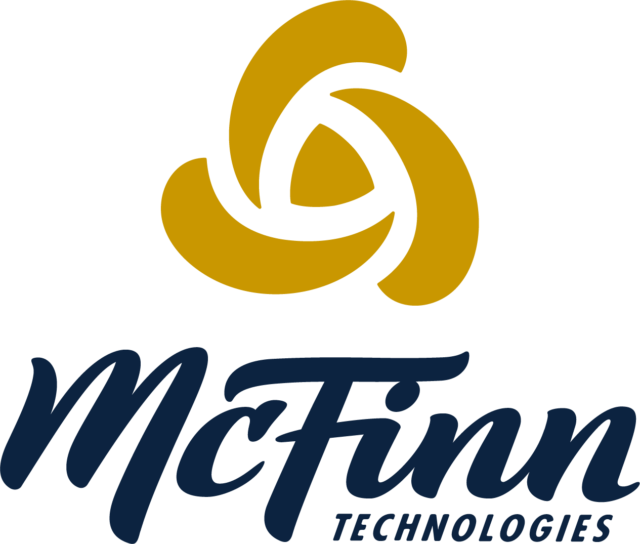These days, it seems everyone loves the little red barn. That includes Craig Culver, former CEO and founder of Culver’s restaurants.
He spoke at the Professional Dairy Producers Business Conference last month in Wisconsin
(see Dairy industry 'inspired' at PDPW Business Conference). If you are lucky enough to live in one of the 23 states with the chain that is famous for its frozen custard, Butter Burgers and gratitude toward farmers, you may have noticed that their advertising campaign capitalizes on the iconic images of American agriculture.
“I have nothing against large farms,” Culver said. “But I like the picture of the little red barn. It’s more romantic.”
I’ll admit, I really like little red barns too. I may not have been born in a barn, but I was certainly raised in one – in a play pen back by the calves, to be exact.
Most of my childhood memories were made within the whitewashed walls of the century-old dairy barn built by my great-grandfather, where my siblings and I raced our Big Wheels, sang karaoke into pitchfork handles and practiced our tiestall divider gymnastics routines.
It’s easy to get all nostalgic now, but to tell the truth, I have had a love-hate relationship over the years with the little red barn. When I went off to college, I learned that I knew it all and my parents were doing everything wrong. As I returned home to milk on the weekends, I began to despise that little red barn.
It was the antithesis of progress. While I watched my parents bend down and up on worn-out knees, I fancied the idea of a milking parlor. With each shovel of corn silage I carried through the manger, I longed for drive-through feeding (or at least an electric feed cart). And, though I hate to argue with Mr. Culver, there was nothing “romantic” about pitching calf pens.
At that time, in my mind, the little red barn I grew up in had become a symbol of hardship. I questioned the quality of life it would provide for my aging parents. I looked at our little red barn as unsustainable. (How ironic that in the eyes of so many consumers, it has been painted as the picture of sustainability.)
As I went out into the world and embarked on my career in journalism, I visited some of the most modern, progressive dairies in the country, often envying their shiny new barns and cutting-edge technology – and wondering: What if that would have been my family farm; which side of the table would I be on?
Alas, with age comes wisdom. Eventually, I stopped longing for what my family farm didn’t have and started being thankful for what it did have. I realized that the little red barn where my parents still milk their cows today suits them just fine.
Their desire isn’t to be bigger or faster; they simply want to go on doing what they have always done the same way they have always done it. Their little red barn isn’t just where they have made a living; it’s where they have made a life.
These days, I can appreciate barns of all shapes, sizes and colors. I realize that a barn is a reflection of a dairy family’s goals and dreams. For some, that means growing and modernizing, while for others that means doing their very best right where they are.
One way isn’t better than the other; each has its place in feeding a growing world. But much like Craig Culver, there will forever be a special place in my heart for the little red barn. PD
PHOTO: Photo by Peggy Coffeen.

-
Peggy Coffeen
- Editor
- Progressive Dairyman
- Email Peggy Coffeen





